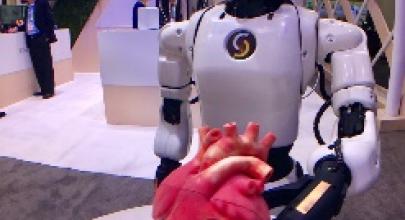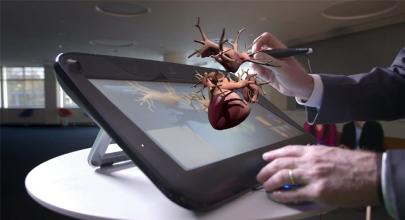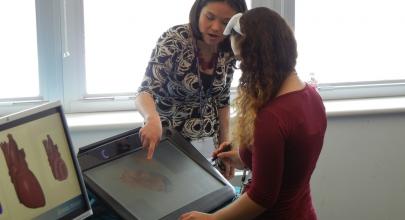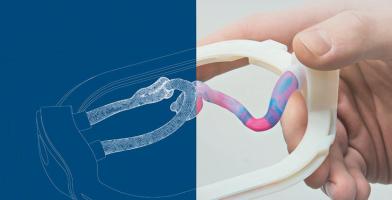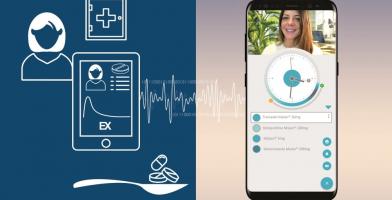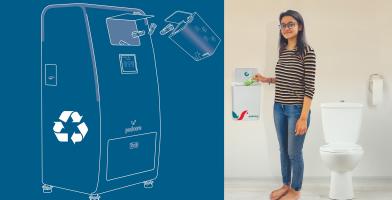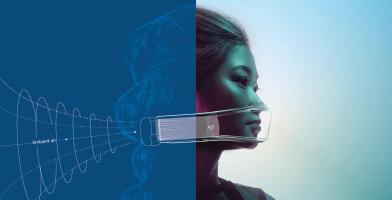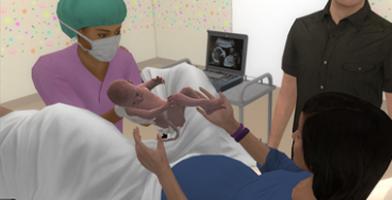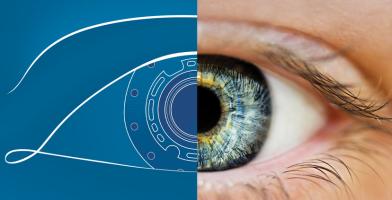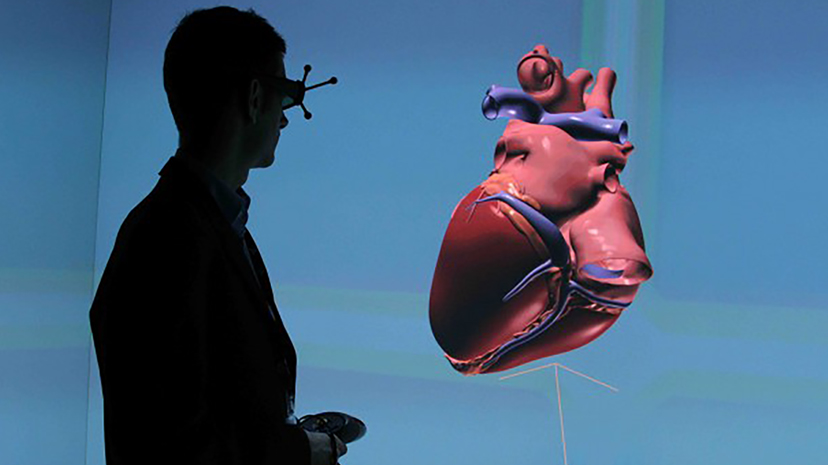
Living Heart
A translational research initiative to revolutionize cardiovascular science through realistic simulation

If we create realistic simulations of human organs, can we revolutionize medical care?
The Living Heart Project aims to advance the development of safe and effective cardiovascular products and treatments by uniting engineering, scientific, and biomedical expertise to translate cutting-edge science into improved patient care. Through simulation and the creation of validated models, the project aims to provide personalized, interventional patient care.
A translational research initiative to revolutionize cardiovascular science through realistic simulation
The Living Heart Project is uniting leading cardiovascular researchers, educators, medical device developers, regulatory agencies, and practicing cardiologists on a shared mission to develop and validate highly accurate personalized digital human heart models. These models will establish a unified foundation for cardiovascular in silico medicine and serve as a common technology base for education and training, medical device design, testing, clinical diagnosis and regulatory science —creating an effective path for rapidly translating current and future cutting-edge innovations directly into improved patient care.

The cornerstone of the project, the Living Heart Model on the 3DEXPERIENCE platform is now being used worldwide to create new ways to design and test new devices and drug treatments Use of virtual patients will increase industry innovation and pave the way for faster approvals and quicker patient access to safe, effective new treatments for the world’s leading cause of death – heart disease.
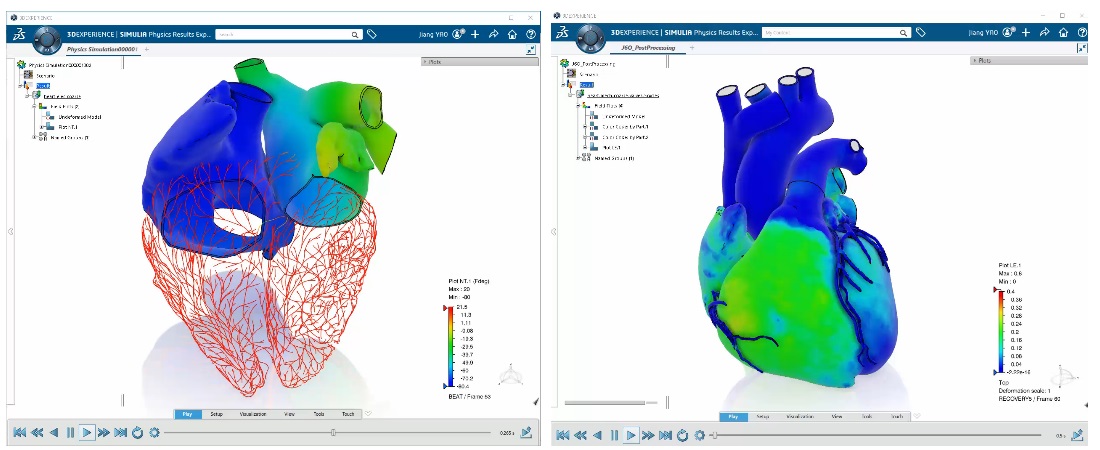
POSITIVE IMPACT ON THE SOCIETY
GOAL 4: Quality Education
Living Heart ensures inclusive and equitable quality education and promote lifelong learning opportunities for all.

Latest Research Breakthroughs
- Machine learning in drug development: Characterizing the effect of 30 drugs on the QT interval using Gaussian process regression, sensitivity analysis, and uncertainty quantification
- Multiscale characterization of heart failure
- Relationship of Transmural Variations in Myofiber Contractility to Left Ventricular Ejection Fraction: Implications for Modeling Heart Failure Phenotype With Preserved Ejection Fraction
PLAY 3DEXPERIENCE
Meet the team
There are over 125 organizations participating in the Living Heart Project, representing a diverse ecosystem of innovators that are fueling the collaborative development of validated, commercially available heart models and exploring novel digital therapies.
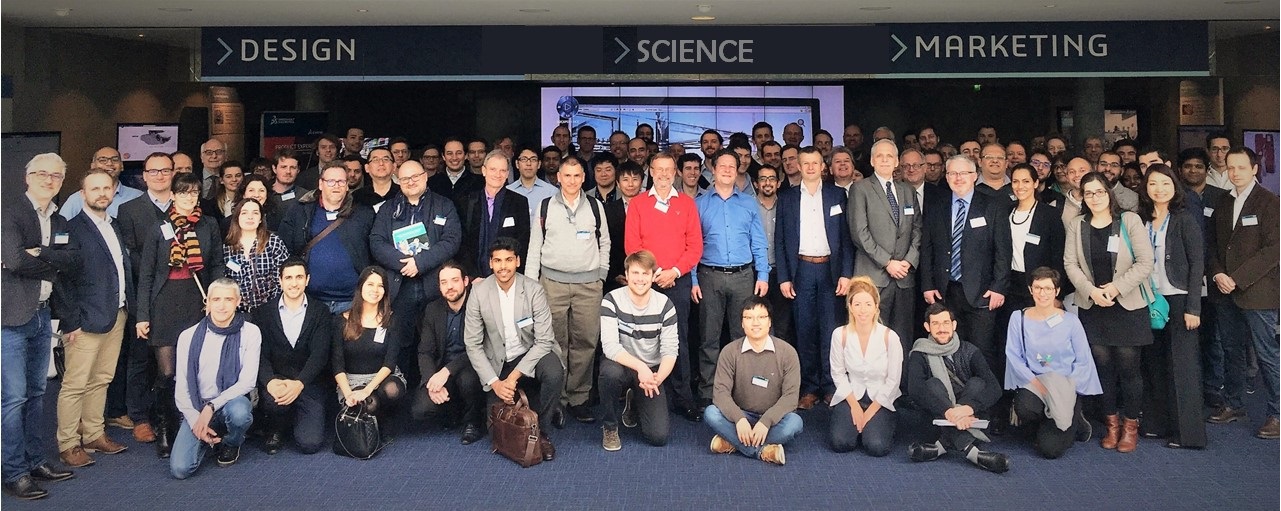
Press
They're talking about us
Similar projects
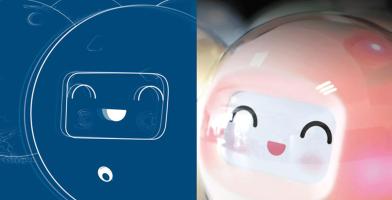
LEKA
IF WE give robotic companions to children, can we spark interaction & motivation to learn, play & progress?
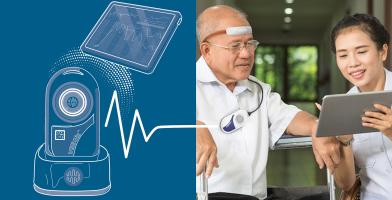
NEUROSERVO
IF WE detect neurological pathologies early using a brain-wave capturing device, can we save patient lives and reduce hospital costs?
Submit your project
Do you think your project is the next big thing?
Join the team !
